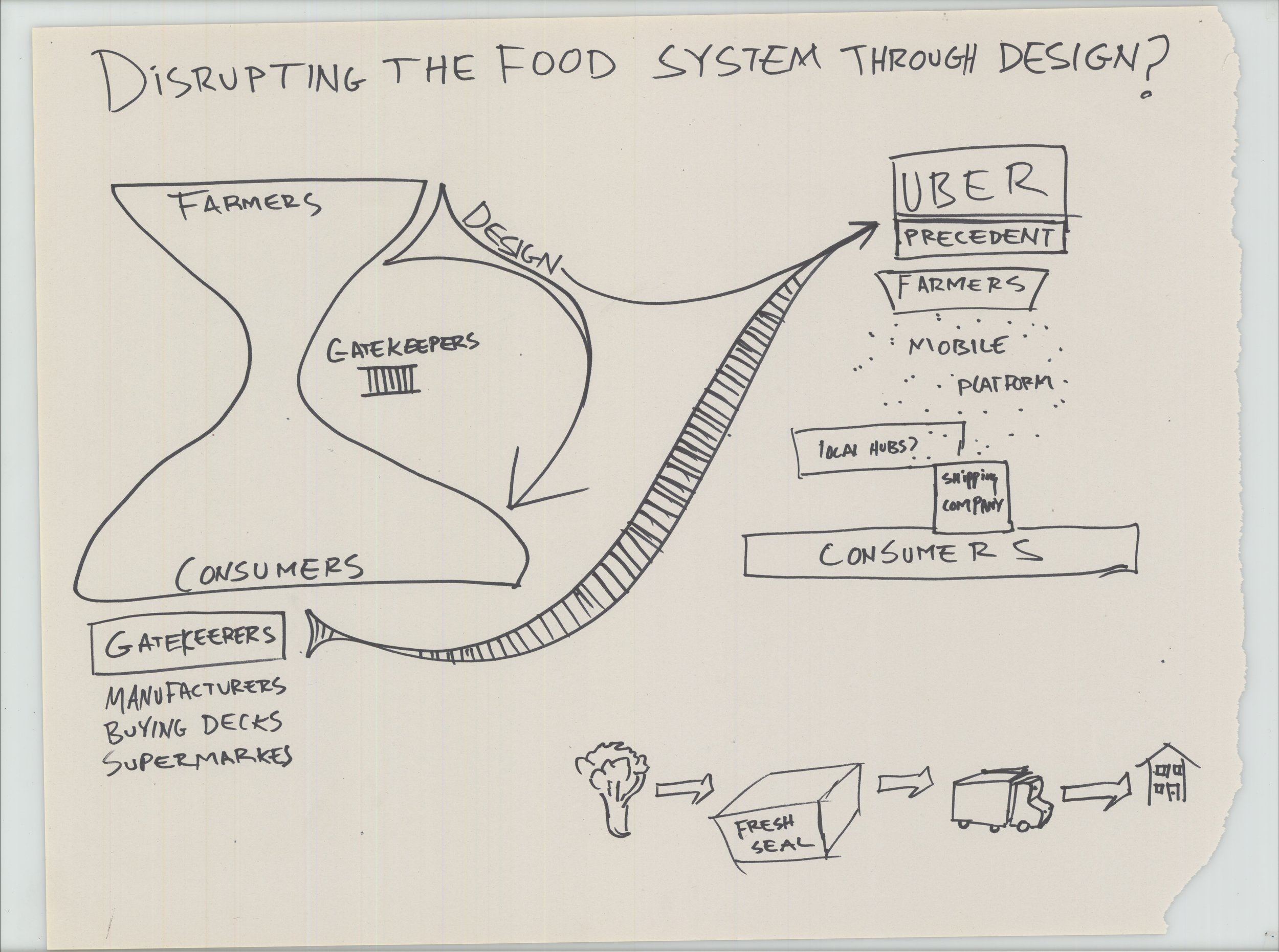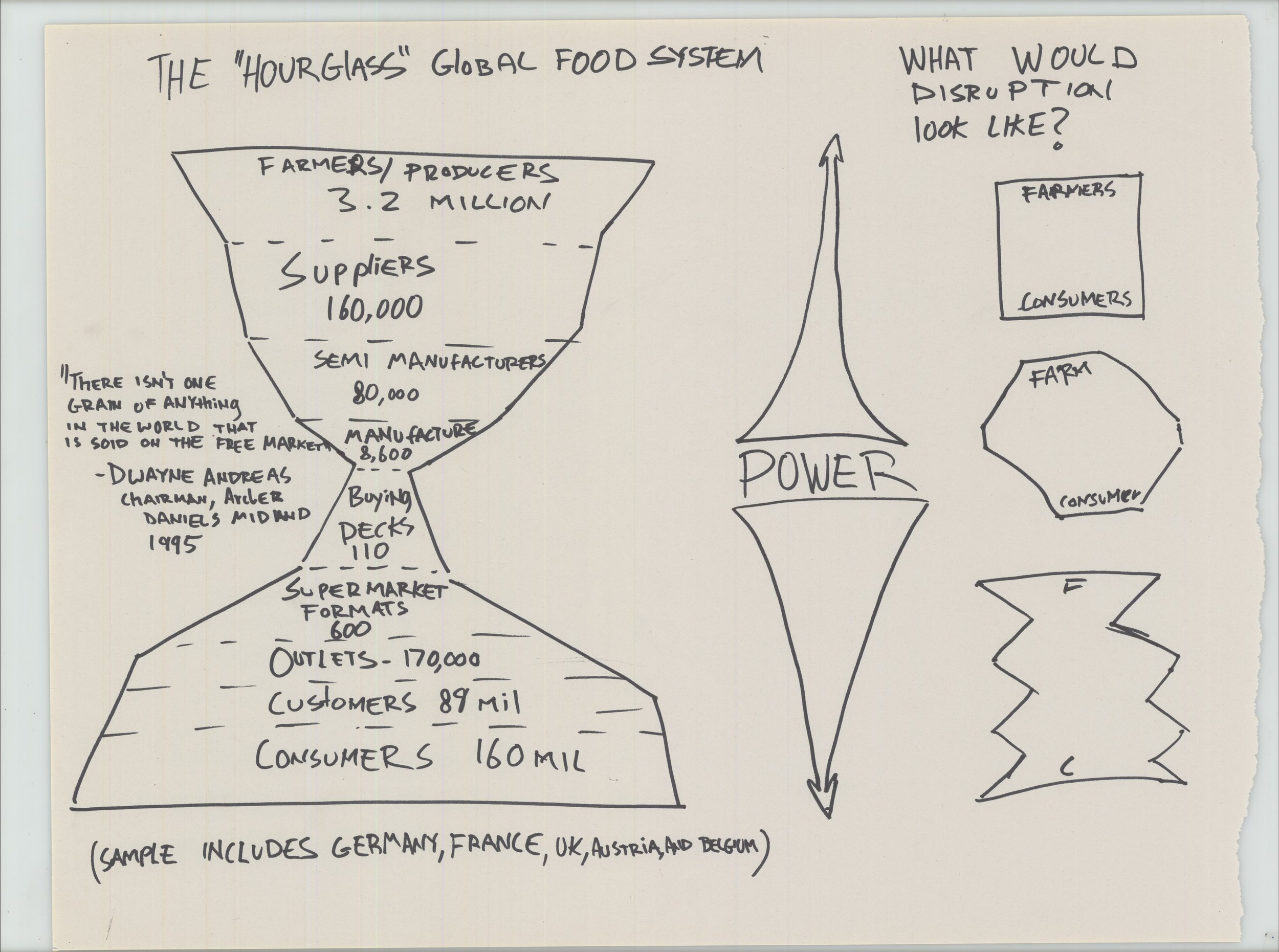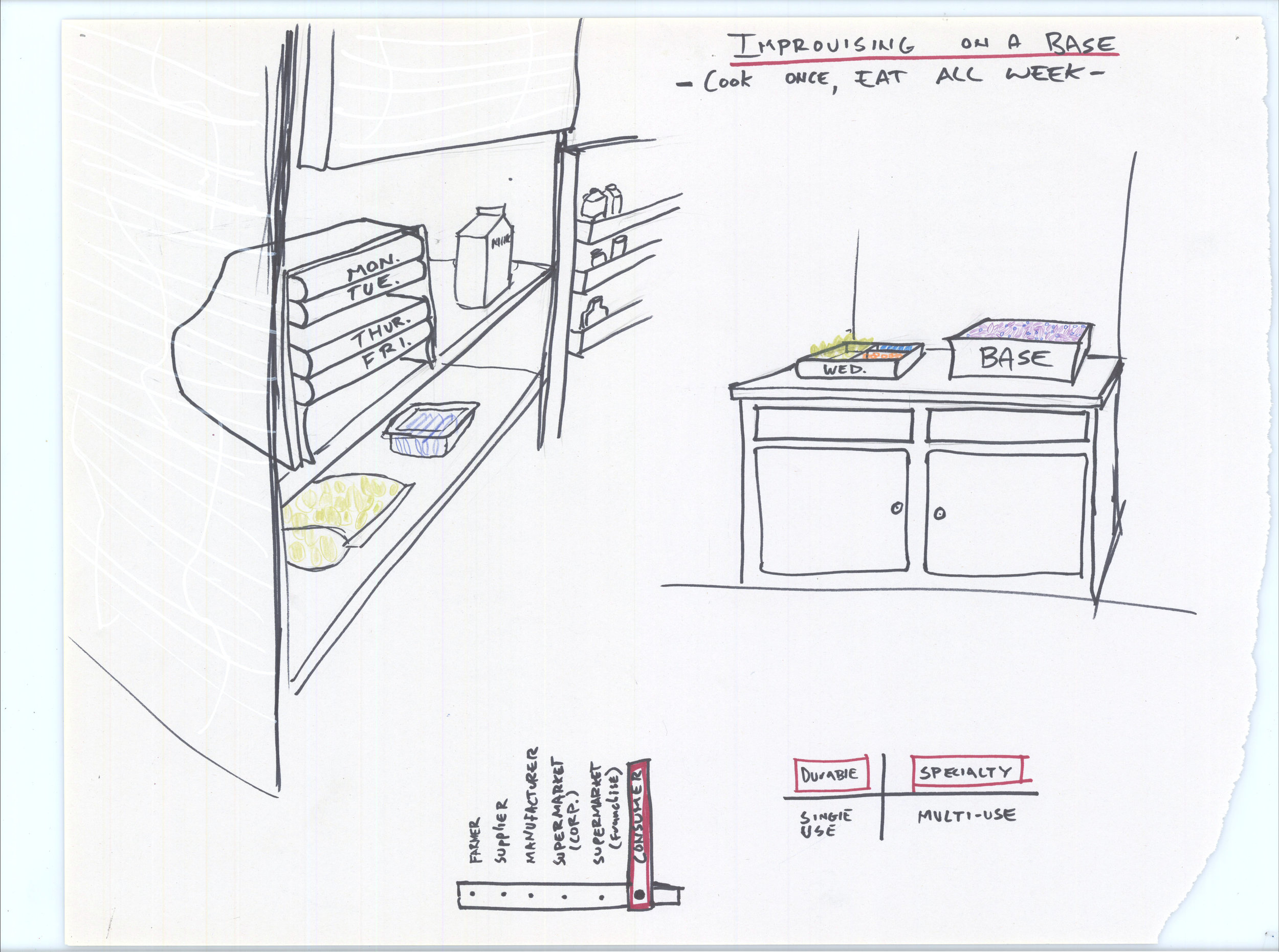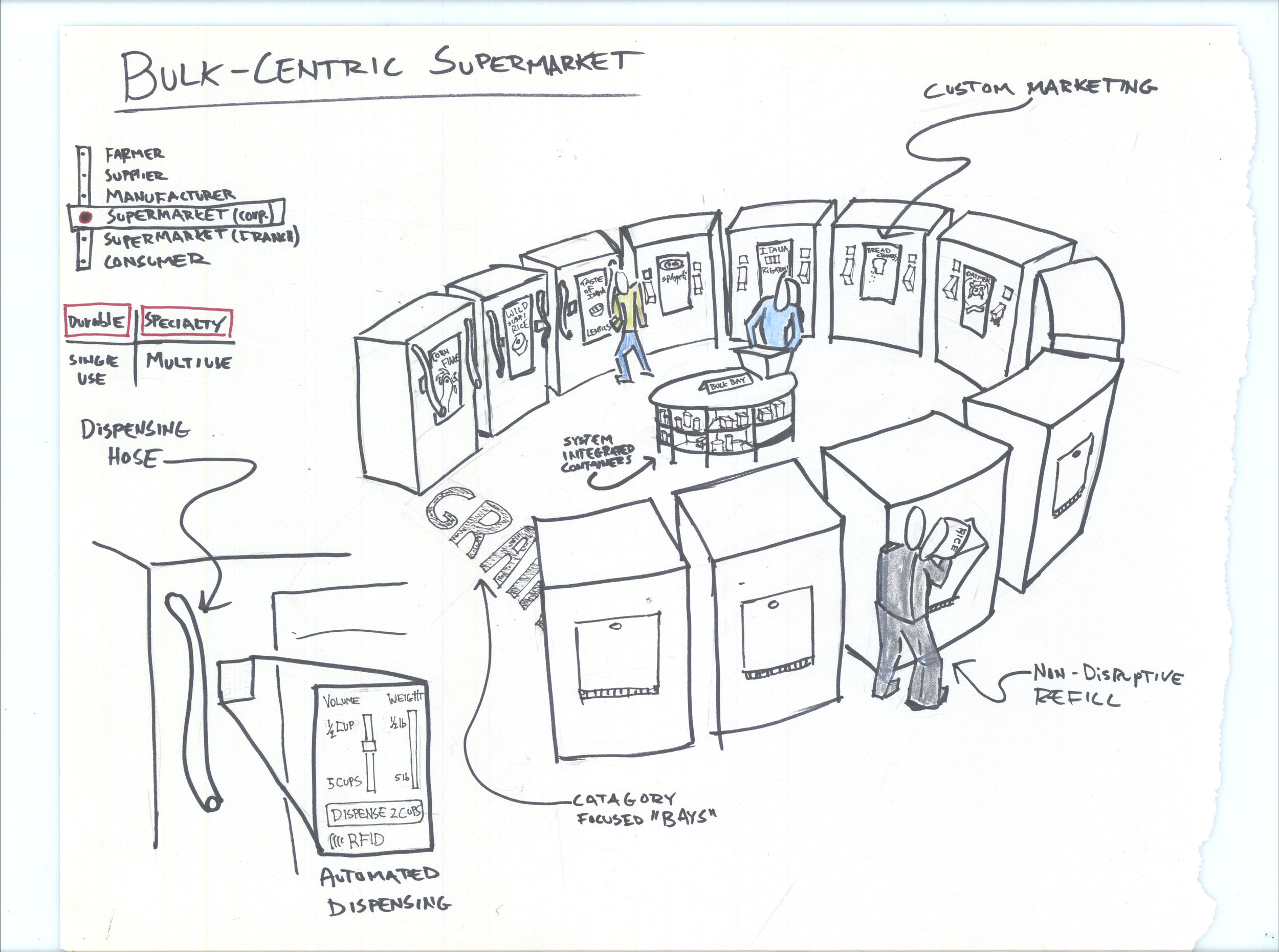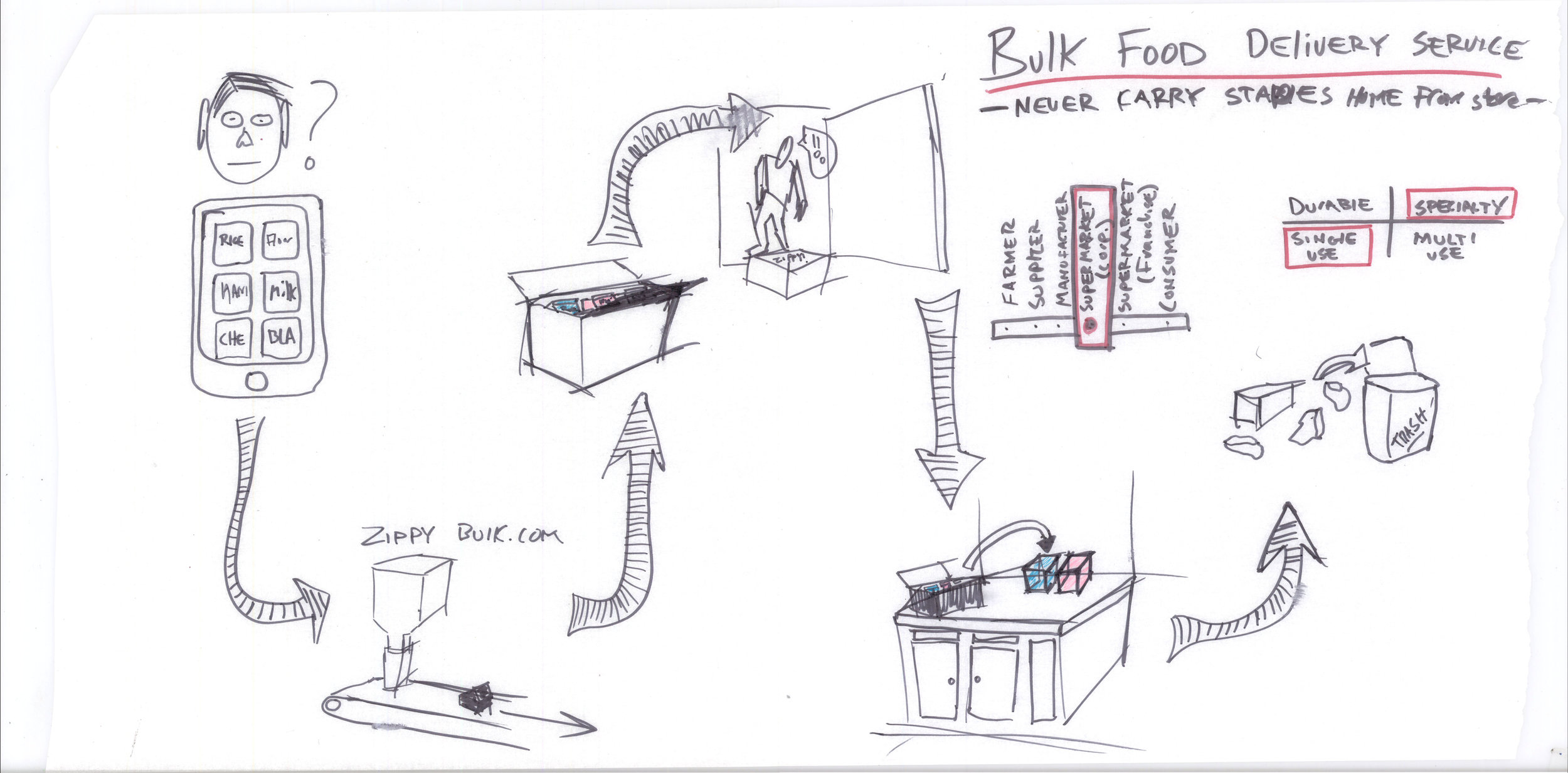The modern grocery experience is rife with excesses, whether physical in the form of boxes, bins and bags or psychological in the form of advertisement and choice fatigue. In the last 10 years, boutique grocery stores that embrace a zero waste philosophy have sprouted up across Europe. The concept of “precycling” or subverting the use of new plastic, aluminum, and steel prior to consumption was touted by the EPA more than 20 years ago, but it is yet to catch on in a substantial way in the United States.
Aimee Lee Ball’s March 14, 2016 piece in the New York Time Style Magazine entitled, “The Anti Packaging Movement,” covers manifestations of this phenomenon across Europe. Ms. Ball asserts the importance of good design in these establishments who’s owners “are as aesthetically sophisticated as they are ethically minded” and goes on to explain that they are “trying to change how we shop by presenting the market as a curated space.” Though she does not overtly mention the higher costs associated with sophistication and curation, the syntax and references used throughout the piece firmly establish the world within which she sees these zero waste grocery stores. It is clearly a world of privilege, of the highly educated, of those (unsurprisingly) who might pick up The New York Times Style Magazine.
The fact that the number of cereals available for purchase at these stores has been reduced to offer only a few choices is not inherently classist. However, the fact that Ms. Ball describes them as “curated spaces” with foods selected by “righteous cognoscenti” is. This is not to say that the stores themselves don’t relish this type of exclusivity. There are “certain organic groceries in France and Belgium” that allow “shoppers to decant vinegars, wines and detergents from gleaming steel tubes into reusable bottles with silk-screened labels designed by a typographer.” Here, Ball’s language plays delightfully with the storeowners’ intent, which is made manifest if objects. Notice that at “certain” (not some!) grocery stores one may “decant” (not pour!) vinegars, wines and detergents (what about powders?) and be rewarded with “silk-screened labels designed by a typographer.” Reverence for the bespoke, which I spoke about in prompt one, is a well-established tenant of the foodie elite. What better way to delineate for whom this store is intended than with silk screen and custom typography?
There is “nothing hippieish” about these stores, Ms. Ball assures her reader. Depending on one’s reading of “hippy” this could mean any number of things. The affordance of the distribution system itself is essentially identical to any number of bulk food sections at “hippy” grocery stores across the U.S. and Europe. By this I mean that the dimensions and functions of bulk bins, the system of self-selecting quantities, of entering PLU numbers, and of calculating tare weights is relatively unchanged. An unyielding, self-righteous ideology is often seen as “hippieish,” but this too can be found in this new brand of foodie elitism.
When Ms. Ball assuages her readers of their hippy fears then, she must be speaking aesthetically. “The bins of caramels and quinoa and arrangements of olives and honey are at eye level, essentially advertising themselves, their actual shapes and colors replacing photos on packages.” These beliefs that objects are “actual shapes and colors,” that up is up, and down is down, and most importantly that a food’s affordances will automatically signify its intended use are based in an early twentieth century episteme—an ordering of the world that has been battered so ruthlessly by the coalesced forces of advertisement and food science that is scarcely exists in 2016, particularly in lower socioeconomic sectors. When Foucault wrote on the order of things, these forces were relatively new. Could the combination of television, advertisement, and global distributions systems along with the advent of the Internet have pushed us into a new epistemetic era? Might the ordering of the natural world be so completely different that food, sitting in a bin, free of words and photographs, no longer signify itself?
Works Cited
Ball, Aimee Lee. “The Anti-Packaging Movement,” The New York Times Style Magazine, 2016.
Foucault, Michel. “Preface” The Order of Things: An Archaeology of the Human Sciences. Trans: Les Mots et les Choses. New York: Random House, 1970.
Norman, Don. The Design of Everyday Things. Philadelphia: Perseus Books, 2013.


